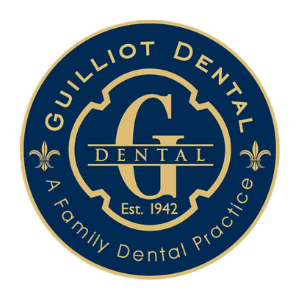Patients that have either missing teeth or broken teeth tend to lack self-confidence and smile less. Also, they tend to engage in poor eating habits because of their difficulty in chewing. Dental implants are a great option for these patients in order to thwart secondary dental problems and improve the appearance of the patient’s smile. The strength and stability of these implants are the main attractions of dental implants in general, and they can provide peace of mind to the patient as well who is hoping for a great result. For those interested in receiving dental implants, there are three general types of implants based on the implantation of such:
- Endosteal Implants
Endosteal implants are known to be the most stable type of dental implant available. Thus, they are the most popular and sought after type of dental implant, as well as the most popular. This implant type is a safe and effective alternative to dental bridges or removable dentures. There are three types that endosteal implants feature:
- Screw Types (Threaded)
- Cylinder Types (Smooth)
- Bladed Types
These implants are put in place by cutting into the gums and drilling into the jaw bone. A titanium screw is inserted into the bone to act as the tooth root, which provides stability to the implant. This part of the procedure requires months of healing before the implants can be installed.
Endosteal implants require healthy bone structure in the jaw and great bone density. However, if the patient does not have the bone health or density to support this type of implant, there are two other options on the market for them.
- Subperiosteal Implants
Though rare, subperiosteal implants are known to be more stable than removable dentures but slightly less stable than endosteal implants. However, for those patients with insufficient bone height or bone loss, this is a great option. Also, it is a shorter procedure as they can be installed in as little as two visits. Because the implant hardware does not have to merge and heal connected to the jaw bone, its recovery time and delay before implants are put on is much shorter than that of endosteal implants.
These implants are put into place not by drilling into the jawbone, but rather, the implant lays on the jaw bone’s surface, just underneath the gum tissue. An impression is made of the jawbone in which the fixture will be placed to ensure the shape and contours that are needed to install.The gum tissue is then reopened to place the implant onto the jaw bone. The soft gum tissue holds the fixture, leaving the metal posts exposed for the implants to connect to.
- Zygomatic Implants
For those patients with severe bone loss in the jaw, even subperiosteal implants may not be able to hold. In the past, those patients had to resort to full dentures. However, there is now an implant option for those patients to provide sturdy, permanent teeth implants in place of those dentures. Zygomatic implants are not inserted into nor do they rest or rely generally on the jaw bone. Instead, these implants are placed into the Zygoma, or cheekbone, for stability. Through osseointegration, the fixture fuses with the cheekbone. These implants are typically much longer than other implants, and they are often tilted to provide excellent support.
In a same-day procedure, a patient has the hardware implanted into their cheekbone and is fitted with prosthetic teeth without the need for any bone grafting. Using only one longer fixture instead of 3 or 4 regular fixtures allow for more stability and less invasiveness upon inserting. The procedure is very safe and predictable and is a great option for patients who were once told that implants were not an option due to their lack of bone density.
Dental implants are more customizable and are available to more patients now more than ever. If you have any questions about how dental implants can improve your smile, contact Guillot Dental for more information.


Recent Comments